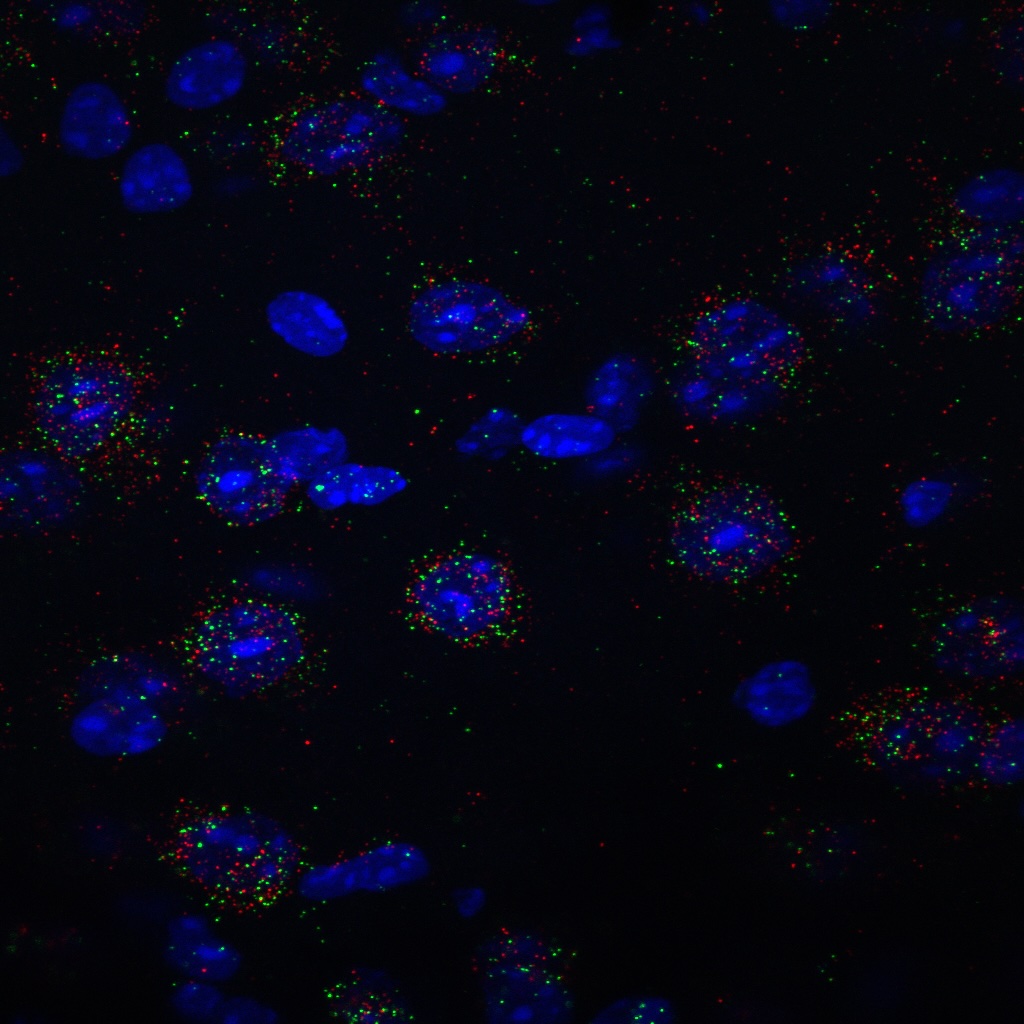
.jpg)
Center
Center for Brain BodyHow do neuronal networks in the cortex acquire functional properties during experience-dependent brain development?
Center
Brain Body CenterMany autism spectrum disorder (ASD) models exhibit disruptions in functional connectivity across both short- and long-range brain circuits.
The Fagiolini lab has been investigating CDKL5 Deficiency Disorder, a severe ASD subtype caused by mutations in the CDKL5 gene on the X chromosome, which is known for causing cognitive impairments and early-onset epilepsy.
In a recent publication, the Dr. Fagiolini's team demonstrated that the CDKL5 gene plays a crucial role in shaping appropriate callosal connectivity, which in turn underlies cognitive flexibility. Their findings establish a direct relationship between dysfunction in CPNs and cognitive deficits in a neurodevelopmental disorder model. Ongoing studies are now investigating how manipulating CDKL5 expression on either side of the synapse affects CPN connections.